Complete confidence in service and support is a vital and long-term consideration when investing in capital instrumentation for laboratories.
Shimadzu UK provides all aspects of instrument care including installation, warranty repair, on-going annual preventative maintenance, emergency intervention services, applications and software support, readily available OEM parts and consumables, equipment qualification services and user-training courses tailored to meet the specific needs of the user.
Included below are three recent guides providing news, information and applications concerning its UV-Spectroscopy and FTIR-Spectroscopy product range.
FTIR Talk Letter Volume 27
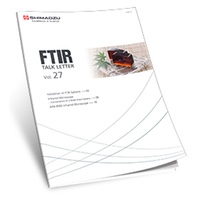
Methods for validating FTIR systems were described in FTIR Talk Letter Vol. 4 (2006). In recent years, the pharmacopoeia of respective countries, which serve as the basis for the FTIR hardware validation methods, were revised. Therefore, this article discusses the effects of those revisions.
FTIR hardware validation is the process of inspecting FTIR hardware to confirm that it is functioning properly. For FTIR systems, the instrument status is often revealed in the power spectrum.
Therefore, one simple validation method is to check the shape and intensity of the power spectrum. In the case of Shimadzu FTIR systems, the shape and intensity of power spectra are checked as part of routine inspections.
To find out more about FTIR hardware validation and these recent revisions, download the following Shimadzu article: FTIR Letter Vol 27.
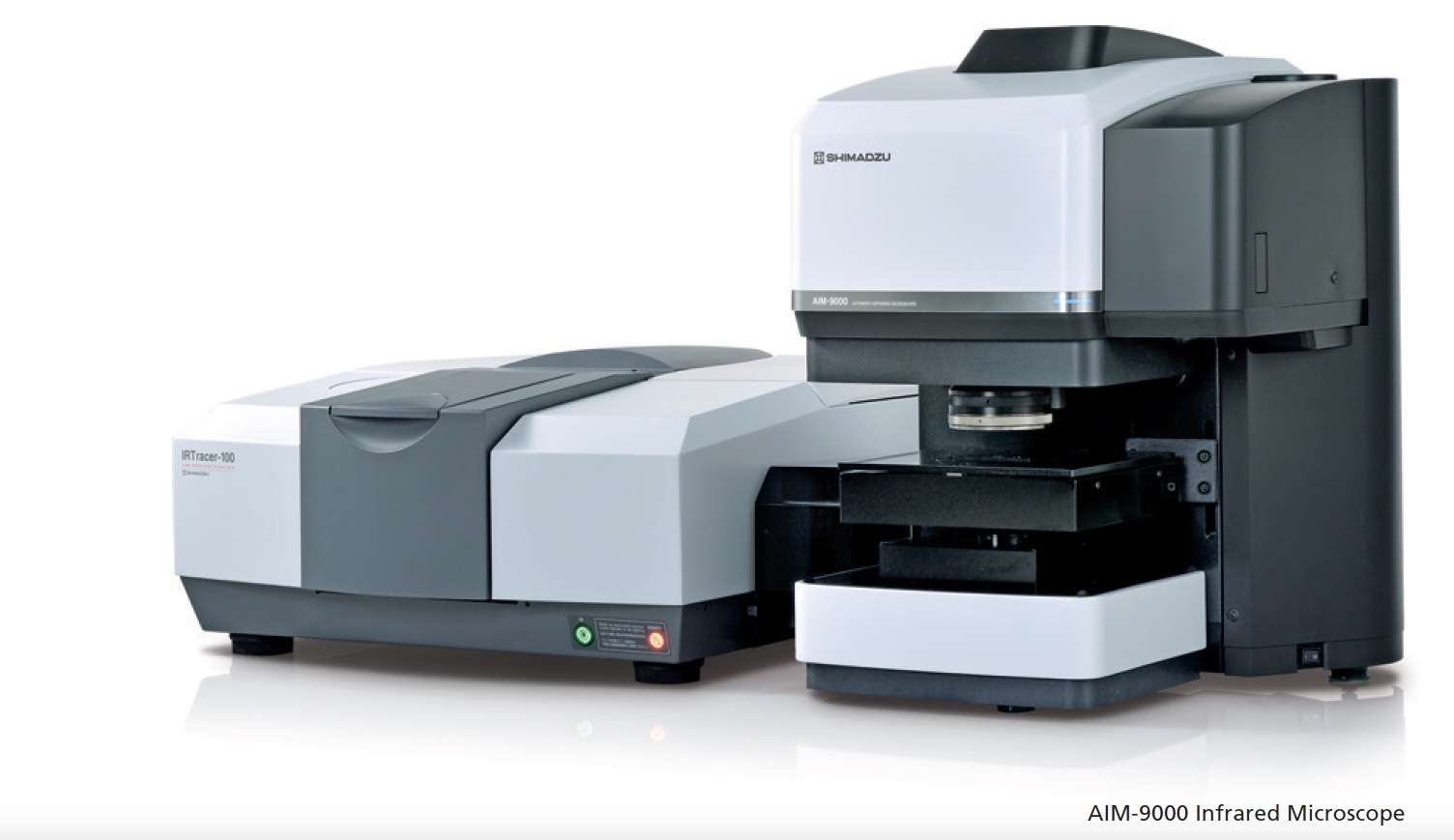
FTIR Talk Letter Volume 28
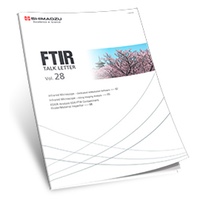
AIMsolution software for AIM-9000 infrared microscopes offers many new and improved features and is easier to use than AIMView, Shimadzu's previous microscope software.
Several of the more representative features are described in the following Shimadzu article: FTIR Letter Volume 28.
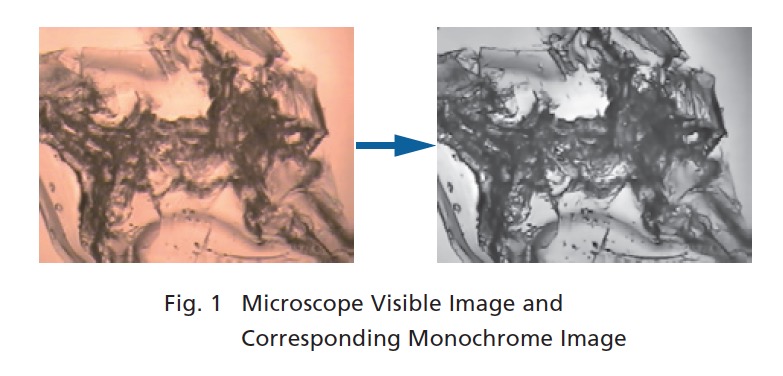
UV Talk Letter Volume 18

In UV Talk Letter Volume 18, Shimadzu focuses primarily on the principles and characteristics of Fluorescence. Spectrofluorophotometers used in fluorescence spectroscopy are described, focusing on the configurations and the data generated as compared to the data generated by UV-VIS spectrophotometers.
Also described is how spectrofluorophotometers in particular can record multiple types of data, including excitation spectra, fluorescence spectra and 3D spectra, and that data generated by each spectrofluorophotometer include a coefficient unique to that instrument, and recorded data must be corrected according to this coefficient. Download the following Shimadzu article: UV Talk Letter Volume 18.
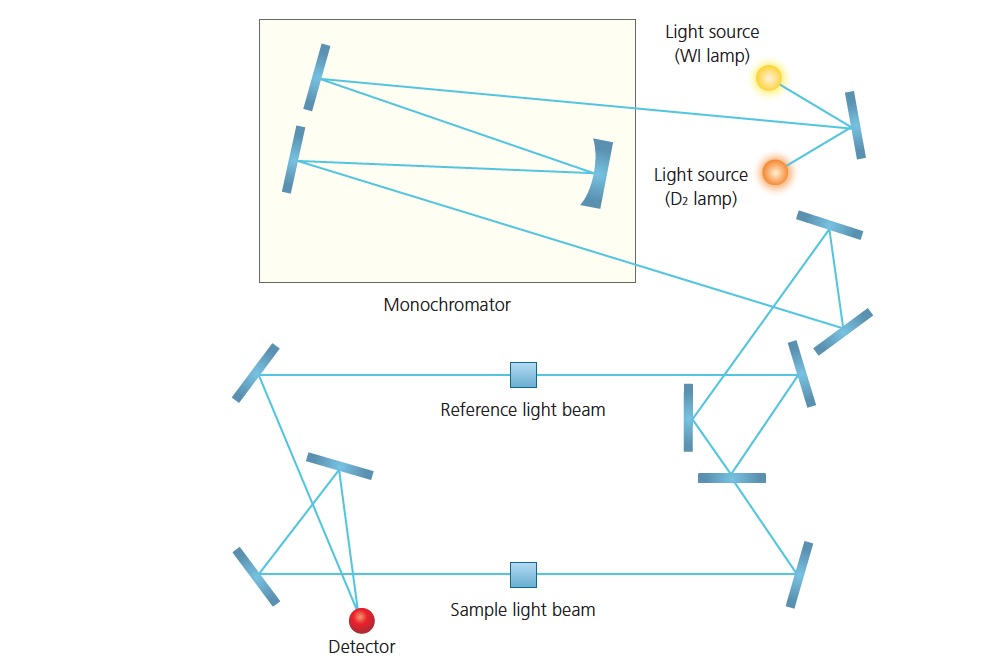
Schematic of a UV-VIS Spectrophotometer

